Raytheon develops first-ever modeling and simulation tool to help advance U.S. science, technology, engineering and math education
Raytheon gifts tool to Business-Higher Education Forum to help formulate policies and programs that can strengthen U.S. STEM education and workforce outcomes
WALTHAM, Mass., and WASHINGTON, (July 8, 2009) – Raytheon Company (NYSE: RTN) and the Business-Higher Education Forum (BHEF) Wednesday unveiled the first-ever simulation and modeling tool for the U.S. STEM (science, technology, engineering and math) education system. Raytheon developed the tool, known as the U.S. STEM Education Model, and gifted it Wednesday to BHEF to enable researchers, policy-makers and educators to explore policy scenarios that can strengthen U.S. STEM education and workforce outcomes. The model is availble to run on Forio.com.
The U.S. STEM Education Model was formally announced Wednesday morning at a press conference in Washington, D.C., marking the official launch of the tool by BHEF into an open source environment. BHEF’s STEM Research and Modeling Network (SRMN) will continue to refine the tool and develop improved versions for use in helping to understand the impact of policy scenarios, educational programs and interventions on the U.S. education system.
The U.S. STEM Education Model began development in 2006 by Raytheon systems engineers under the personal direction of Raytheon Chairman and CEO William H. Swanson. The model was designed to help policy-makers, educators and researchers understand the complex nature of the U.S. education system and identify potential solutions that could increase the number of STEM college graduates.
“Our nation is facing an important challenge: to ensure a robust pipeline of science, technology, engineering and mathematics talent,” said Swanson. “For a technology company like ours, the development of the U.S. STEM Education Model has been a tremendous opportunity to apply the engineering mind set to matters close to the heart -- to help secure the future of innovation in our country and of the next generation of Americans.”
Many factors affect the number of students who ultimately pursue STEM careers. The model attempts to capture these factors through a series of dynamic hypotheses and more than 200 unique variables. Using complex algorithms, the tool simulates and assesses the impact of STEM-policy and programmatic interventions during a period of time to determine which produce favorable outcomes. Factors and variables that can be tested include:
- Teacher-student ratios and class sizes.
- Dropout and graduation rates.
- Teacher attrition rates.
- Gender differences in STEM.
- Teacher and STEM industry salaries.
“BHEF seeks to double the number of U.S. students who graduate in STEM fields by 2015. Raytheon’s development of this model is an excellent example of corporate and civic leadership, and we are extremely proud to help foster its use by researchers, policy-makers, educators and the public in advancing STEM education,” said Brian Fitzgerald, Executive Director of BHEF.
Wednesday’s press conference was attended by Rep. Bart Gordon, D-Tenn., as well as representatives from the U.S. Departments of Education and Energy, the Office of Management and Budget, and the National Science Foundation. A podcast of the press conference will be available beginning July 9, 2009, at www.STEMnetwork.org/events. The Raytheon U.S. STEM Education Model may be accessed at www.STEMnetwork.org.
Part 1
BHEF STEM Model Launch Part 1: July 8, 2009
Part 2
BHEF STEM Model Launch Part 2: July 8, 2009
